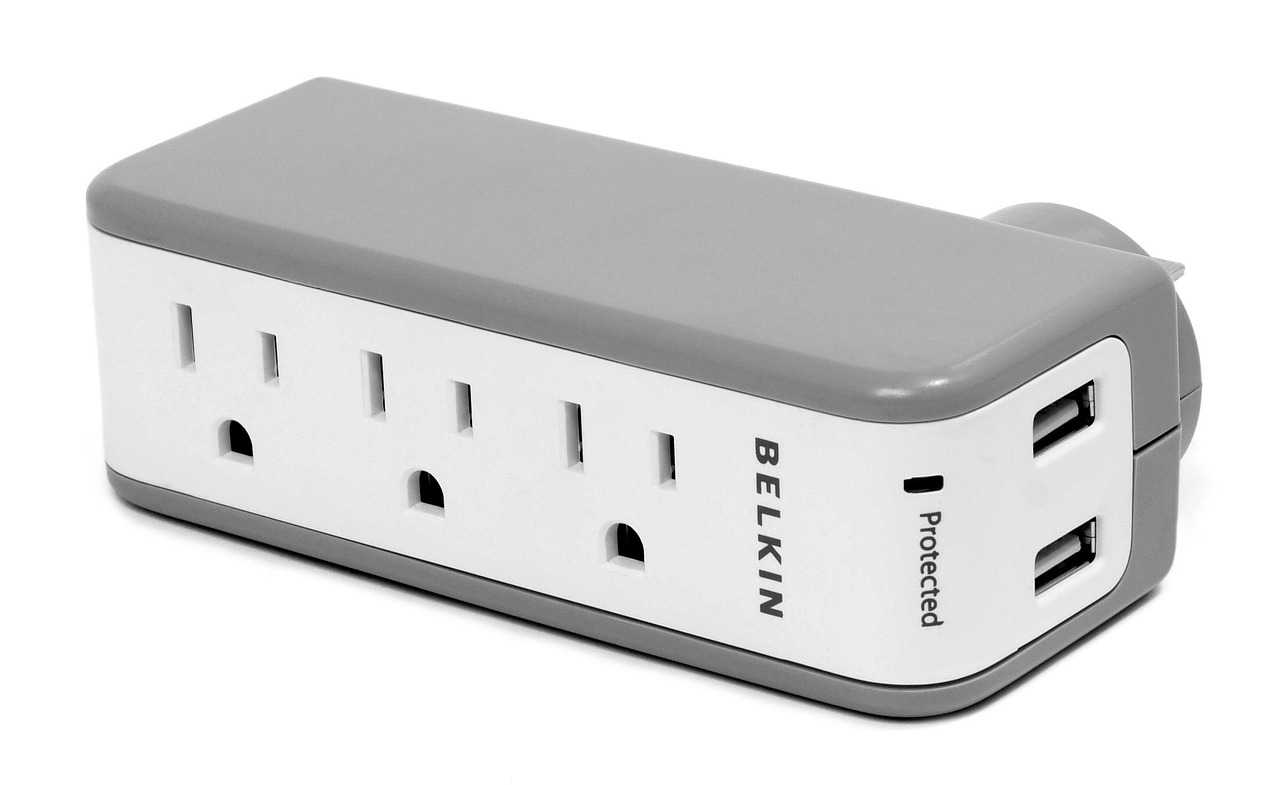Quick Snapshot of the 2026 Villa Market
The villa market isn’t just surviving it’s thriving in places that weren’t on anyone’s radar five years ago. Buyers with deep pockets and remote flexibility are rewriting the global luxury map. Picture this: entrepreneurs closing deals poolside in Bali, or crypto millionaires settling into eco estates in southern Portugal. Demand is no longer centered around big name glamour spots it’s moving outward, fast.
The pandemic shift to remote work wasn’t temporary. High net worth individuals are now fully untethered from central business hubs. Their preferences have followed suit. They’re chasing cleaner air, more space, cultural depth, and investment potential all rolled into one property. That’s turning second tier coastal towns, mountain retreats, and island escapes into hot zones for premium villa sales.
It’s not just about owning a slice of paradise it’s about living a more balanced life while holding a hard asset that may appreciate faster than the markets. Properties that blend nature, privacy, and cutting edge infrastructure are commanding serious premiums across emerging destinations. In this market, lifestyle is the new leverage.
Fastest Climbing Markets Right Now
As 2026 unfolds, villa prices are surging in regions that blend lifestyle appeal with smart policy and thriving infrastructure. From the coasts of Southern Europe to the shores of Southeast Asia, certain pockets are outpacing the global market.
Southern Europe: A Resurgence in Luxury Demand
Portugal, Spain, and Greece are experiencing a notable comeback, led by strong buyer interest in sun soaked coastal areas.
Portugal: Lisbon, the Algarve, and Comporta are attracting international buyers seeking investment friendly markets with a manageable entry point.
Spain: Marbella and the Balearic Islands remain hot due to lifestyle perks and strong rental demand.
Greece: Mykonos and Crete have seen record ROI driven by tourism recovery and favorable Golden Visa changes.
Key Driver: Coastal properties especially waterfront villas are delivering the highest return on investment thanks to limited stock and high seasonal appeal.
Middle East: Luxury Expansion on Fast Track
The UAE and Saudi Arabia are capitalizing on visionary infrastructure projects and global positioning.
Dubai and Abu Dhabi: High rise glamour is still thriving, but spacious suburban villas are gaining steam amid rising demand for privacy.
Saudi Arabia: Projects like NEOM and the Red Sea development are reshaping the luxury landscape and drawing international attention.
Growth Factors: Investments in luxury infrastructure, hospitality, and tourism are fueling both price hikes and long term confidence in the regional market.
Southeast Asia: Digital Nomad Magnet
Bali (Indonesia) and Phuket (Thailand) are benefiting from new visa options and hybrid work trends.
Bali: Renewed visa flexibility and sustainable villa developments are boosting appeal for mid to long term investors.
Phuket: Strong tourism rebound and favorable foreign ownership laws make this a top pick for global buyers.
Why It Matters: These regions are attracting not just tourists, but long stay professionals and remote first entrepreneurs, making villa investment both profitable and future proof.
What’s Fueling the Price Surge

It’s not complicated: demand is running faster than supply, and that gap is only widening especially when it comes to beachfront properties. Coastal parcels with views and proximity to water are scarce, and that scarcity is driving prices up faster than inland or suburban alternatives. Developers can’t build quick enough, and zoning doesn’t help.
This supply crunch is a magnet for investors chasing dual returns. Villas generate steady rental income from high turnover guests, especially in markets with year round climate appeal. But on top of that, the capital appreciation curve is steep owning a villa isn’t just about lifestyle anymore; it’s portfolio strategy.
What’s more, ultra wealthy buyers are tuning their wish lists to focus on privacy, space, and the ability to operate self sufficiently. That means land, off grid systems, and architecture that’s both isolating and intelligent.
And if it’s built green? Even better. Builders incorporating solar, sustainable materials, and low impact water and cooling systems are seeing premium valuations. Eco isn’t just ethical it’s profitable. This syncs well with emerging homebuyer priorities like wellness, tech forward living, and purpose built communities. (Explore more in recent homebuyer trends).
What Buyers Are Actually Looking For
Buyers in the luxury villa market aren’t throwing money at square footage alone. Today’s discerning investors want homes that are smart, secure, and built for modern living. Properties that are pre wired for tech think integrated climate systems, lighting control, high speed connectivity, and security networks are moving faster and breaking higher price ceilings.
Gated estates now often come with concierge services, private wellness spaces, and even on site medical facilities. It’s no longer about exclusivity for show it’s about practicality, peace of mind, and lifestyle continuity no matter where you are in the world.
While cultural access is still attractive (art districts, fine dining, music scenes), security and seclusion carry more weight. Many buyers are prioritizing personal space and access control, especially post pandemic.
Lastly, buyers increasingly won’t entertain properties that lag on energy performance. Homes built or retrofitted with efficient insulation, solar power, and water saving features are performing better on both resale value and liveability. Sustainability isn’t just a nice to have anymore it’s a deal maker.
Want more insight? Our piece on recent homebuyer trends takes a closer look at these preferences and how they’re shaping villa investment worldwide.
Smart Moves for Investors Right Now
If you’re looking to get ahead of the curve, skip the usual suspects and go hunting in underrated coastal regions. Places like Montenegro and Colombia offer strong upside at a fraction of the cost you’d pay in better known markets. They’re not just scenic they’re on the rise, and still early enough for smart money to move.
Trophy homes are nice for bragging rights, but the returns often come from more modest, rental ready properties with flexible layouts and income potential. Think multi use spaces, guest units, or something that works as both a private escape and a short term rental goldmine.
Ease of entry matters too. Local developers with solid reputations can make or break the experience especially when you’re investing from abroad. Do your due diligence, and prioritize turnkey partnerships that simplify logistics.
Finally, don’t ignore policy. Government rules around foreign ownership, tax incentives, or restrictions can shift fast. What looks like a great deal today may sour quickly if legislation tightens. Get plugged in, stay informed, and invest where the rules work in your favor.
What to Watch for Next
As villa markets continue to evolve, a few key developments are poised to reshape both investment strategies and buyer expectations. These emerging trends may not be mainstream yet but they signal where the luxury property sector is headed in 2026 and beyond.
AI Powered Pricing Tools Are Here
Smart valuation tools are transforming how properties are priced and sold in the luxury segment. By analyzing market history, buyer behavior, and comparable listings globally, AI driven platforms can offer:
More precise valuations, updated in real time
Dynamic pricing suggestions based on buyer demand and regional trends
Predictive insights for identifying undervalued assets
This tech is already being adopted by leading real estate platforms and developers, increasingly becoming a crucial decision making tool for high end investors.
Fractional Ownership Gaining Ground
Luxury doesn’t have to mean full ownership. High net worth buyers looking for global mobility and flexibility are fueling the rise of fractional villa models. This trend allows multiple investors to co own a property, splitting time and costs.
Why this model is gaining popularity:
Lower entry point for premium properties
Built in property management services
Diversification for investors wanting exposure across multiple markets
Innovative platforms are making it easier to manage legalities, co use schedules, and resale rights turning fractional ownership into a legitimate strategy for building an international luxury portfolio.
Sustainability Regulations on the Horizon
As governments across the globe increase building standards and environmental policy enforcement, villa owners and developers are being pushed to prioritize sustainability. For investors, this will affect resale value and long term ROI.
Key impacts to monitor:
Stricter energy efficiency standards and certification requirements
Incentives for green retrofitting or penalties for non compliance
Growing buyer demand for eco responsible builds
Failing to account for sustainability regulations could erode a property’s marketability in the coming years. Forward thinking investors should assess not just present value, but long term environmental viability.
In short, 2026 isn’t just about location it’s about innovation, flexibility, and staying two steps ahead of regulatory and consumer trends.

 Tara Salcedoner, the founder of Villa Estates Luxe, is a visionary leader in the luxury villa market, dedicated to providing valuable insights and resources for buyers, investors, and property managers. With a focus on current real estate trends and comprehensive market analysis, Tara ensures that the platform remains a trusted source of information. Her commitment to enhancing the luxury living experience through smart home technology and effective property management strategies has positioned Villa Estates Luxe as a premier resource in the industry.
Tara Salcedoner, the founder of Villa Estates Luxe, is a visionary leader in the luxury villa market, dedicated to providing valuable insights and resources for buyers, investors, and property managers. With a focus on current real estate trends and comprehensive market analysis, Tara ensures that the platform remains a trusted source of information. Her commitment to enhancing the luxury living experience through smart home technology and effective property management strategies has positioned Villa Estates Luxe as a premier resource in the industry.